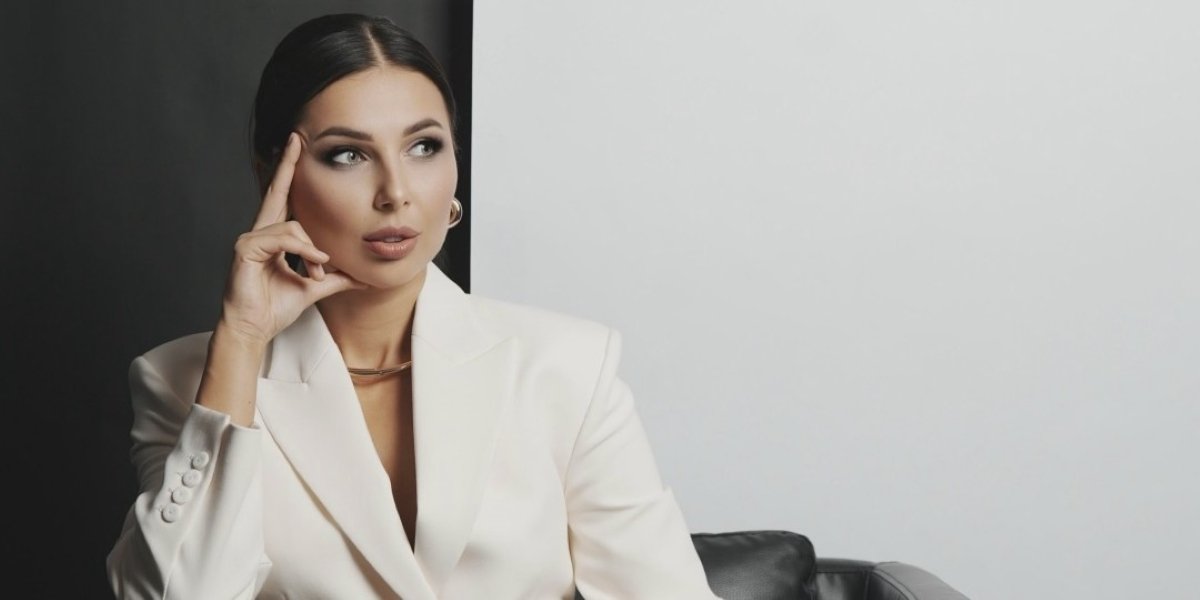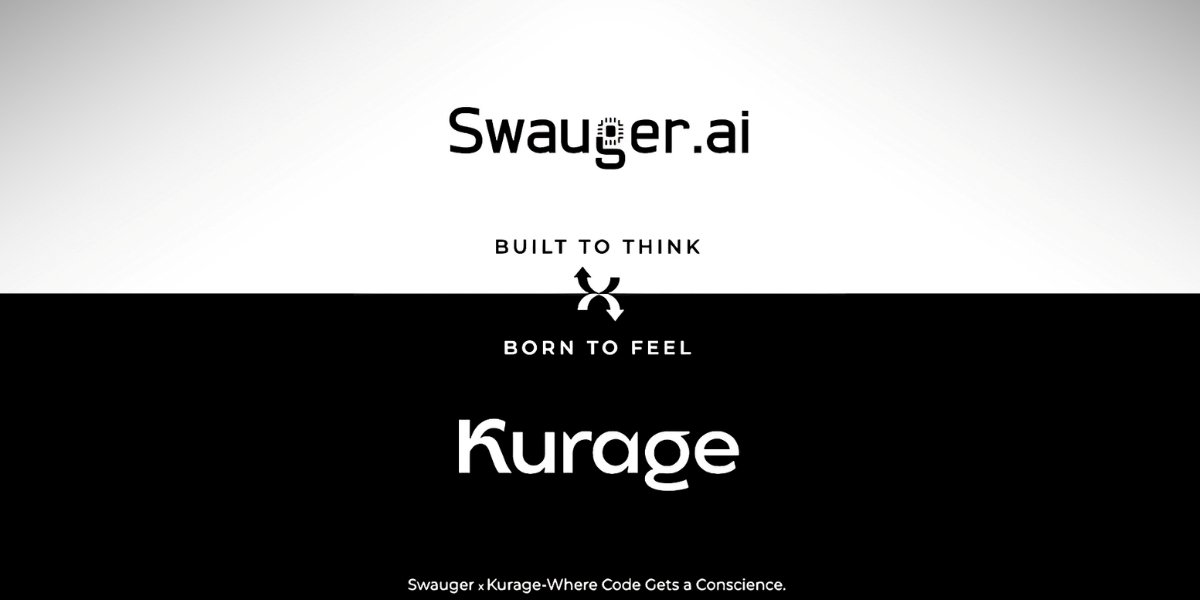In the realm of healthcare, the intersection of medicine andMed art is a fascinating and increasingly recognized phenomenon. While traditionally viewed as separate domains, medicine and art share a common thread: both are deeply rooted in human expression, creativity, and the pursuit of understanding. This article delves into the fascinating realm of how creativity and artistry are playing an increasingly significant role in modern healthcare, enriching patient experiences, fostering healing, and empowering healthcare professionals.
Understanding the Role of Creativity in Healthcare
Creativity is often associated with the arts, but its importance in healthcare should not be underestimated. Robert MacArthur, MD, a physician with a background in biochemistry and physiology, emphasizes that creativity plays a vital role in problem-solving, innovation, and patient care. In the context of healthcare, creativity manifests in various forms, from developing innovative treatments and technologies to fostering empathy and compassion in patient interactions.
Art as a Therapeutic Tool
One of the visible intersections of medicine and art lies in the realm of art therapy. Art therapy harnesses the creative process of making art to improve mental, emotional, and physical well-being. It provides individuals with a non-verbal means of expression, allowing them to explore and communicate thoughts and feelings that may be difficult to articulate verbally. Robert MacArthur, MD, acknowledges the therapeutic value of art therapy, particularly in the context of mental health, trauma recovery, and chronic illness management.
Integrating Art into Healthcare Environments
Beyond art therapy, the integration of art into healthcare environments is becoming increasingly common. Hospitals, clinics, and healthcare facilities are recognizing the importance of creating healing environments that promote well-being and reduce stress for patients, families, and staff. This includes incorporating art installations, murals, and sculptures into healthcare spaces to create a more visually engaging and soothing environment. Robert notes that these artistic elements can have a positive impact on patient experiences, contributing to a sense of calm and comfort during medical visits and hospital stays.
Artistic Expression in Medical Education
Creativity also plays a role in medical education, where art is increasingly being used as a tool for teaching and learning. From medical illustration and anatomy drawings to storytelling and narrative medicine, art offers medical students alternative ways of understanding complex medical concepts and connecting with patients on a deeper level. Robert MacArthur, MD, highlights the value of incorporating art into medical education as a means of fostering empathy, cultural competence, and communication skills among future healthcare professionals.
Creative Approaches to Patient Care
In the realm of patient care, healthcare professionals are exploring creative approaches to enhance the patient experience and improve health outcomes. This includes using art-based interventions such as music therapy, dance therapy, and drama therapy to address a wide range of physical, emotional, and cognitive needs. Robert recognizes the value of these creative modalities in complementing traditional medical treatments and supporting holistic patient care.
Artificial Intelligence and Creativity in Healthcare
Advancements in artificial intelligence (AI) are also reshaping the intersection of medicine and art in healthcare. AI-powered technologies are being used to generate creative solutions to complex healthcare challenges, from developing new drugs and treatments to analyzing medical imaging and predicting patient outcomes. While AI may seem worlds apart from traditional notions of creativity, he emphasizes the importance of embracing innovation and leveraging technology to enhance patient care and advance medical research.
Art as a Source of Inspiration and Reflection
For healthcare professionals, engaging with art can serve as a source of inspiration, reflection, and self-care. Whether it’s attending art exhibitions, creating artwork, or simply appreciating the beauty of artistic expressions, incorporating art into their lives can help healthcare professionals recharge, renew their sense of purpose, and find moments of respite amidst the demands of their profession. he encourages his colleagues to explore their creative interests and embrace art as a means of promoting well-being and personal fulfillment.
Embracing Creativity in Healthcare
To sum it up, the intersection of medicine and art offers a rich tapestry of opportunities for creativity, innovation, and healing in healthcare. From art therapy and healing environments to creative approaches to patient care and medical education, the integration of art into healthcare settings is transforming the way we approach health and well-being. Robert MacArthur, MD, believes that embracing creativity in healthcare not only enhances patient experiences and outcomes but also enriches the lives of healthcare professionals and fosters a more compassionate and holistic approach to healing. As we continue to explore the connections between medicine and art, we have the opportunity to harness the power of creativity to transform healthcare and improve the lives of patients and providers alike.
Published by: Holy Minoza








